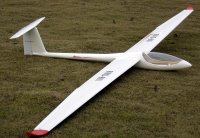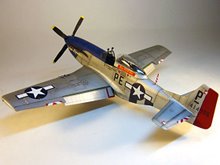
I assume everybody knows what sailplanes are (or gliders). Just to be sure I'll say something about them. To keep it simple, sailplanes are airplanes without an engine. I have been asked many questions about this fact like "how does it takeoff", or "how does it land", and the truth is pretty simple. Full sized sailplanes would be towed by a tow-plane to a certain altitude, where the sailplane pilot would detach from the tow-plane. This is basically how a sailplane gets airborne. Now you're asking yourselves, how does it stay airborne? Well, sailplanes have very big wingspan which is very important for soaring. Soaring is when a pilot flies into a thermal (a mass of hot air which is rising) and that mass of air is "carrying" the sailplane up. "Carrying" should be seen as a metaphor because sailplanes are fully controllable just like the other airplanes. The pilot wants to circle in the thermal as long as possible to get as much altitude as he/she can. Pilot's experience has a important role in this, many beginners are having trouble soaring and often have no luck and have to land soon after the takeoff.
There are more types of soaring but that is not important now. All of the above is applied to the RC sailplanes. One difference i have to mention is the RC sailplane takeoff. It is usually done by simply throwing it from a high position, or it could be "towed" using a rope. This means that somebody runs with a rope attached to the RC sailplane while the pilot steers it up to gain altitude. The rope is detached when the RC sailplane reaches maximum altitude. The flying technique is the same as with the RC plane models, everything is the same with only one difference. Because sailplane doesn't have an engine, you have to learn how to keep it in the air, which means learn how to soar.

No comments:
Post a Comment